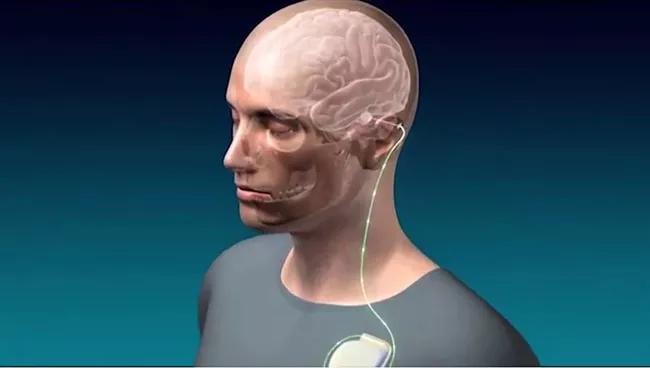Investigator speaks to potential applications beyond stroke

As previously reported on this blog, Cleveland Clinic researchers have launched the first clinical trial to examine the use of deep brain stimulation (DBS) to promote motor function recovery in disabled stroke survivors. The trial, launched in 2016 (a DBS device was implanted in the first patient in December), was awarded nearly $5 million in funding from the NIH’s Brain Research through Advancing Innovative Neurotechnologies (BRAIN) initiative.
Advertisement
Cleveland Clinic is a non-profit academic medical center. Advertising on our site helps support our mission. We do not endorse non-Cleveland Clinic products or services. Policy
The trial’s lead investigator, neurosurgeon Andre Machado, MD, PhD, recently shared some insights on the trial’s clinical implications in this video post. Dr. Machado explains the essentials of the trial, which patients are candidates, and how DBS for stroke recovery differs from neuromodulation for movement disorders.
“Our primary hypothesis is that by applying DBS to the connections between the cerebellum and cerebral cortex, we can facilitate the plasticity that occurs in the cortex around the stroke and thereby promote recovery of function beyond what physical therapy alone can do,” Dr. Machado notes. “We need more and better options to help the many patients who remain chronically disabled after a stroke.”
Now co-investigator Kenneth Baker, PhD, assistant staff in Cleveland Clinic’s Department of Neurosciences, speaks to some of the scientific implications of the study’s attempt to stimulate the brain’s dentatothalamocortical pathway to restore lost motor function. He also explains how Cleveland Clinic’s recent NIH BRAIN grant award is supporting the team’s work.
“We know that deep cerebellar stimulation promotes motor recovery in a preclinical model of cortical stroke,” says Dr. Baker. “Our goal is to advance this therapy to promote recovery of motor function in humans. This has the potential to be a significant advancement for the field.”
Check out his insights in the video below.
Advertisement
Advertisement

Q&A with Brain Trauma Foundation guideline architect Gregory Hawryluk, MD, PhD

Q&A with newly arrived autoimmune neurology specialist Amy Kunchok, MD

A neurocritical care specialist shares what’s spurring growth of this new evaluation approach

Focused ultrasound offers a newer alternative to deep brain stimulation

Prehabilitation can help improve outcomes after spine surgery

Get ready for central vein sign and optical coherence tomography

How these new drugs fit into practice two years out from their first approvals

Pharmacologic, procedural and surgical treatments abound